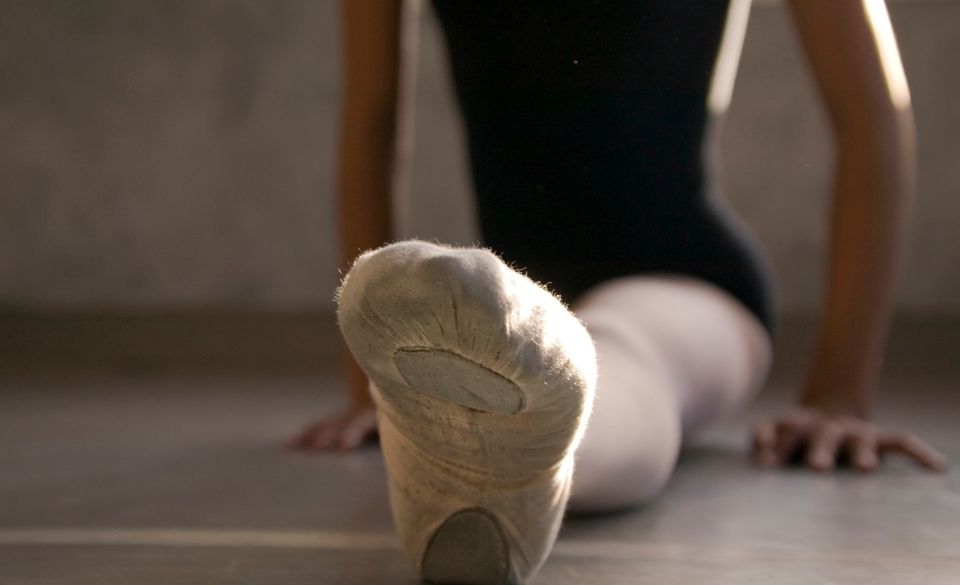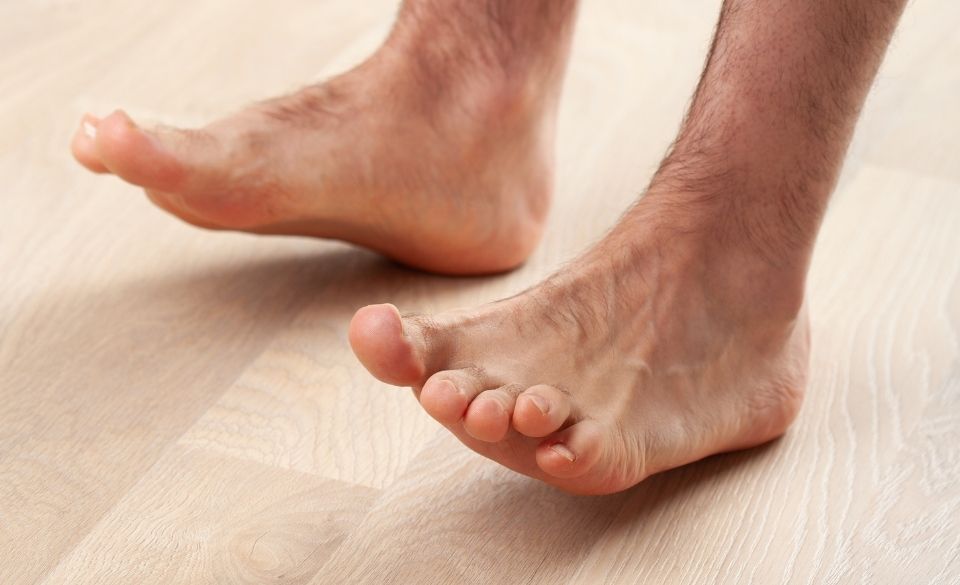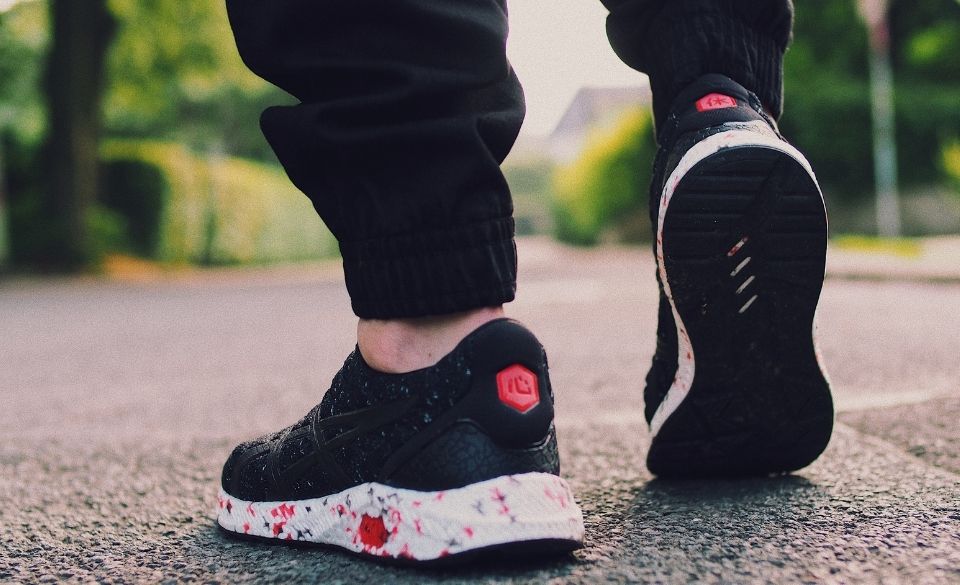
What Is Plantar Flexion? Guide to Plantar Flexion vs Dorsiflexion
Page Contents
You may have heard the phrases plantar flexion and dorsiflexion before, especially if you’re an athlete. However, many people get confused between the two. If you haven’t heard of it before, it is a movement of the foot.
In today’s article, we are going to example the differences between plantar flexion vs dorsiflexion. Will will also cover what is plantar flexion as well as what is dorsiflexion.
So, if you are wanting to learn more about these movements, keep reading.

What Is Plantar Flexion?
Plantar flexion is the movement of your foot point away from your leg. For example, a dancer standing on their toes, or even pressing down the acceleration in the car. All of these movements are what we call plantar flexion. Other movements include:
You use plantar flexion when:
– You stretch your foot away from you
– You stand on your toes
– You do a calf raise
However, to a lesser degree, you will also use plantar flexion when riding a bike, running, walking, and even swimming.
As you can see this movement is used in our daily life. However, every person’s plantar flexion movement will be different. This is because everyone’s natural range of motion differs.
Plantar flexion requires coordination between several different muscles. These muscles include:
– Gastrocnemius
– Soleus
– Plantaris
– Flexor hallucis longus
– Tibialis posterior
– Peroneus longus
– Peroneus brevis
All of these muscles are required and involved in plantar flexion.

What Is Dorsiflexion?
Since you know what is plantar flexion, what is dorsiflexion?
Dorsiflexion is the backward bending of your foot, hand, or even fingers. That means when any of these bends backward from the joint you are doing a dorsiflexion movement. However, dorsiflexion is largely related to the foot and ankle.
To do a dorsiflexion movement, sit on a chair and draw your toes towards your shins and body. Another example of dorsiflexion is lifting a soccer ball off the ground with your foot when standing while keeping your heel on the ground.
The main muscles used during dorsiflexion of the foot include the:
– Tibialis anterior
– Extensor hallucis longus (EHL)
– Extensor digitorum longus (EDL)
So, all these muscles above are required to perform a dorsiflex movement and if any of these get injured, it will limit your natural dorsiflexion movement.
Plantar Flexion vs Dorsiflexion
So now you know what both dorsiflexion and plantar flexion is. However, to make you understand the difference between plantar flexion vs dorsiflexion in the foot let’s explain it together.
Plantar flexion is when you move the foot away from the body from the ankle, while dorsiflexion is the movement of the foot (from the ankle) towards the body.
Both movements are used constantly in our daily life. This could be during walking, running, reaching for something, or even walking up the stairs.
So, if any of the muscles used in both dorsiflexion and plantar flexion get injured, it will limit your range of motion and affect your daily life.
If this is the case, there is a recovery protocol you should follow. This includes
Resting your ankle – Keep weight off the injured ankle or use crutches to limit the weight on the foot.
Ice your foot – Use an ice pack regularly throughout the day for 20 minutes. This will help reduce inflammation and relieve any pain you may feel.
Compression – The use of an elastic bandage can help control swelling and increase blood flow in the foot.
Elevate the foot – By elevating the injured ankle you will help to minimize the swelling, which will help reduce inflammation.

Plantar Flexion Example
There are many examples of plantar flexion you do in everyday life and many when you exercise. Because of this plantar flexion is used more than you think. Some of these include
– Standing on your tiptoes
– Running
– Walking
– Climbing
– Swimming
– Pressing the gas pedal in the car
As you can see all these movements require your foot to point away from the body at some stage.
Dorsiflexion Example
If you are looking for examples of dorsiflexion all you need to think about is movements where the foot is pointed back towards the body at some point (toes get closer to the shins). These could include:
– Running
– Swimming
– Walking
– Walking down the stairs
– Sitting down
While there are more complex movements involved in others, dorsiflexion is widely used just like plantar flexion throughout the day.
What Causes Poor Dorsiflexion or Plantar Flexion?
Poor dorsiflexion or plantar flexion can be caused not only by injury but also genetics. Everyone has a different range of mobility, so it is common people will have different levels of the movements.
However, for some this lack of movement can be improved by regular stretching of the muscles involved with both movements of the foot. It is also important to strengthen the surrounding muscles, as these typically control the power required to point your toes down, or lift your toes up.
If you are unsure about what exercises you need to do to improve both plantar flexion and dorsiflexion speak with a physiotherapist. They can help provide you with the correct exercises.


